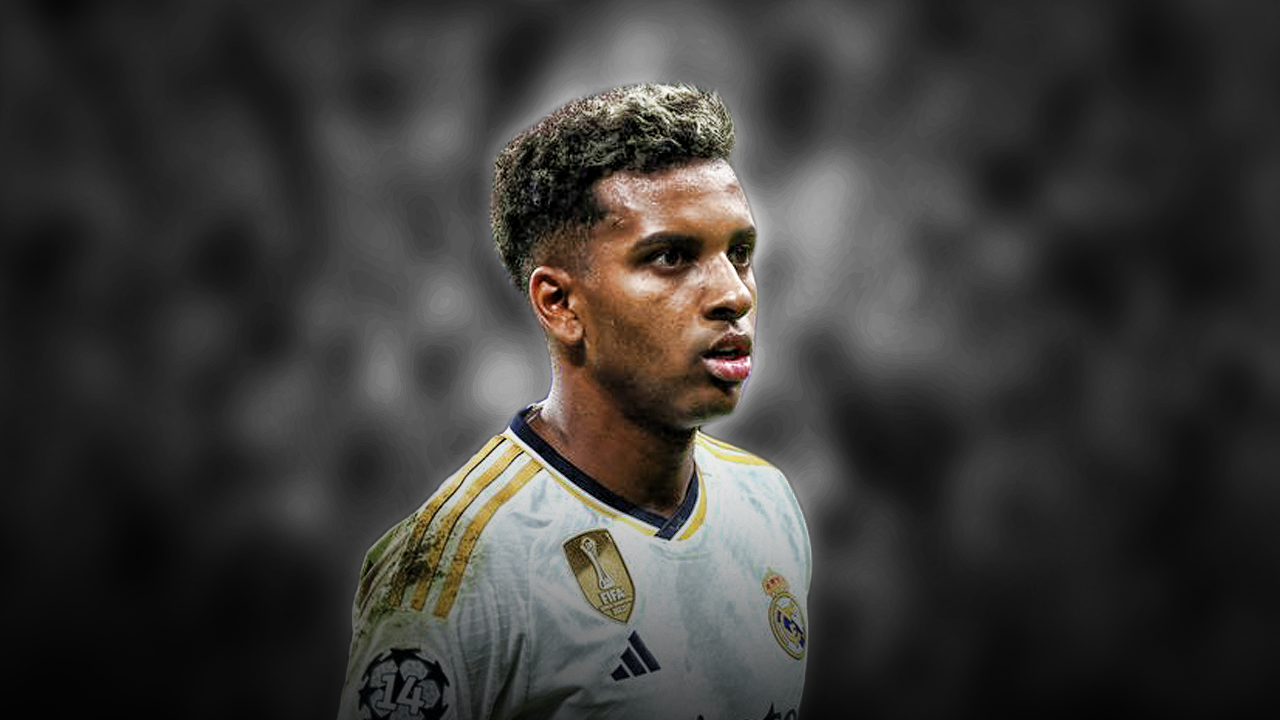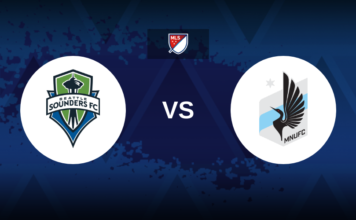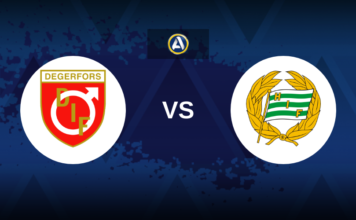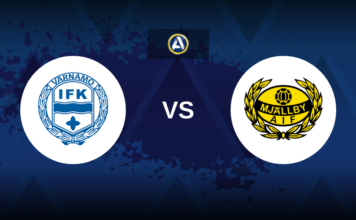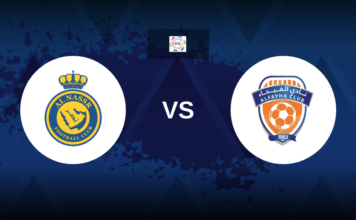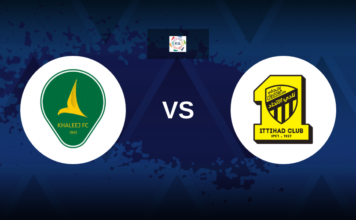How one father’s masterplan and a boy’s unrelenting ambition created a Champions League hero at Real Madrid
Every year, roughly 1.4 million boys are born in Brazil. Statistically, only five of them will ever make it to the top flight of European football. That’s a 1 in 270,000 chance. But Rodrygo Silva de Goes, born in January 2001, wasn’t just any child. His odds were never left to chance—because his father Eric Goes, a semi-pro footballer, had already decided his son would become a superstar.
This is the story of how one boy was raised—engineered, even—for greatness. And how that boy became one of the most underappreciated talents in world football.
A Footballer Before Birth
Rodrygo was almost born on Christmas Day 2000, but his father had other plans. Eric, just 16 years old and playing football himself, understood the disadvantage of being born late in the year. In youth football, age matters—a kid born in December plays against others almost a year older. That year can mean physical difference and lost opportunities. So Eric convinced Rodrygo’s mother to hold on, delaying the birth into January 2001 to give his son an edge. On January 9, Rodrygo was born, and his father’s plan began.
From the earliest age, Rodrygo was obsessed with football. At three, he was training with his weaker foot. He idolized Neymar, copied his hairstyles, and had Real Madrid birthday cakes. His father instilled affirmations: “I’m going to play for Brazil, I’m going to play for Real Madrid, I’m going to win the Champions League, I’m going to play in the World Cup.”
Tough Love & Early Risks
Eric trained Rodrygo with unusual intensity. As a referee in his son’s youth matches, he allowed opponents to foul him constantly, building Rodrygo’s resilience. The message was clear: no shortcuts. That mindset was so deeply ingrained that Rodrygo once got into a stranger’s van at six years old just for the chance to play a tournament, causing a brief panic among his family.
While Eric’s own career progressed—eventually playing in the São Paulo State Championship—he remained Rodrygo’s mentor. A pivotal moment came when Rodrygo, attending one of his father’s matches, met Neymar at Santos FC. This encounter became a driving force.
Despite training with São Paulo FC from age 8, Rodrygo left the club because they didn’t allow competitive matches for players under 15. That wouldn’t do. At age 9, he joined Santos, São Paulo’s rivals, despite the two-hour commute. For five years, he split his time between both academies—school, long travel, intense training—a brutal but necessary schedule.
The Rise: From Local Star to Global Prospect
Rodrygo’s talent started attracting attention fast. At just 11, he became Nike’s youngest-ever signed athlete after a tournament in New York. By 16, he was training with Santos’ first team. At 17, he was scoring in the Copa Libertadores, becoming Santos’ youngest ever scorer in the competition.
With that rise came interest from Europe. FC Barcelona and Paris Saint-Germain were in for him. But Rodrygo remembered his mantra. He asked his father for one last game to prove himself. He scored a hat-trick in 9 minutes. Real Madrid noticed. Shortly after, his father handed him a Real Madrid shirt with “Rodrygo” on the back—the dream was real.
In 2019, for €45 million, Rodrygo joined Real Madrid.
Making His Mark in Europe
Rodrygo scored his first La Liga goal 93 seconds into his debut. Not long after, he exploded in the Champions League, scoring a perfect hat-trick against Galatasaray, becoming the second-youngest player in history to do so. He had officially arrived.
He soon ticked off another childhood dream: his Brazil debut, playing alongside Neymar.
The Setbacks
But it wasn’t all glory. Rodrygo suffered a hamstring injury in 2021 and struggled to break into the starting XI. Fans labeled him a flop, criticizing Real Madrid for gambling on unproven Brazilian talents like him and Vinícius Júnior. Worse, Rodrygo was being played on the right wing, despite having only played four games there in his youth career. His natural position—left wing—was blocked by Vinícius and Eden Hazard.
Yet, Rodrygo persisted.
A European Hero
Rodrygo’s breakthrough came in the 2021–22 Champions League. In the quarterfinal second leg against Chelsea, he came off the bench and scored to force extra time. In the semifinal against Manchester City, he scored twice in the final minutes to send the game to extra time—overturning what the TV graphics had called a 1% chance of qualification.
Real Madrid went on to win the Champions League—Rodrygo’s third prophecy fulfilled.
World Cup Heartbreak and Redemption
Rodrygo completed his final mantra in 2022, playing for Brazil at the World Cup. But in the quarterfinal against Croatia, he missed the opening penalty in the shootout. Brazil were eliminated. It was a gut-wrenching moment, but he didn’t let it define him.
Instead, Rodrygo has since become an indispensable part of Real Madrid’s front line. He’s adapted to his new position so well that he’s now the balancing force between Vinícius and Kylian Mbappé. His unselfishness and tactical intelligence often go under the radar.
Still Just 24—And Still Underrated
At just 24 years old, Rodrygo is valued at over $100 million, but he’s still being overlooked for individual honors. No Ballon d’Or shortlist. No global spotlight. Just consistency, sacrifice, and success.
But make no mistake: Rodrygo Goes is one of football’s most vital, most complete, and most undervalued stars. And with years still ahead of him, there’s no telling how far this preordained journey will go.
